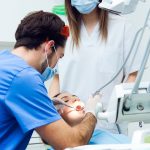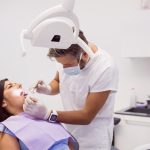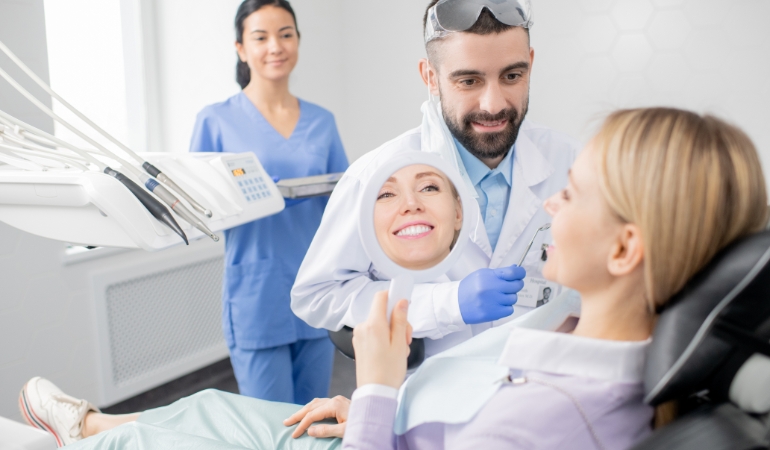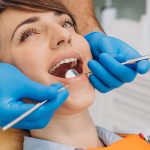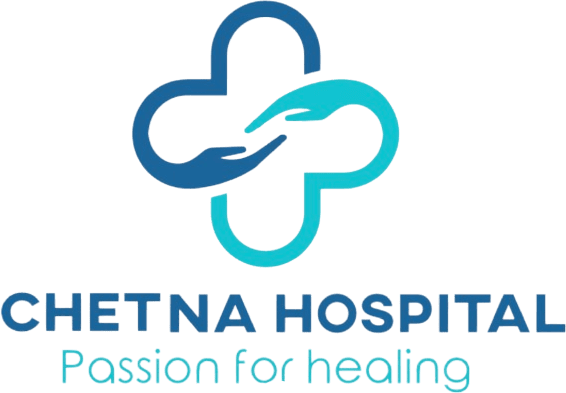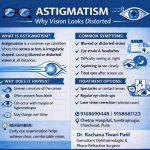Introduction
Spinal stenosis is a common yet often misunderstood condition that affects millions of people worldwide. It occurs when the spaces within the spine narrow, putting pressure on the nerves and spinal cord. This can lead to pain, numbness, weakness, and difficulty with movement. While it is most common in older adults, spinal stenosis can affect individuals of all ages. Understanding its causes, symptoms, and treatment options is crucial for effective management and maintaining a good quality of life.
What is Spinal Stenosis?
Spinal stenosis is a condition that results from the narrowing of the spinal canal, the hollow passage that houses the spinal cord and nerve roots. This narrowing can compress the nerves, leading to various symptoms, including pain and mobility issues. It primarily occurs in two areas of the spine:
- Cervical Stenosis: Narrowing occurs in the neck (cervical spine), affecting the arms, hands, and sometimes legs.
- Lumbar Stenosis: Narrowing occurs in the lower back (lumbar spine), which often leads to pain, numbness, and weakness in the legs.
Causes of Spinal Stenosis
Spinal stenosis can be caused by various factors, including:
- Aging: The most common cause of spinal stenosis is degenerative changes that occur with aging, such as thickened ligaments, herniated discs, and bone spurs.
- Arthritis: Osteoarthritis and rheumatoid arthritis can contribute to spinal degeneration, causing inflammation and narrowing of the spinal canal.
- Herniated Discs: Discs act as cushions between vertebrae, but when they bulge or rupture, they can put pressure on the spinal canal.
- Congenital Conditions: Some people are born with a naturally narrow spinal canal, making them more susceptible to developing spinal stenosis later in life.
- Spinal Injuries: Trauma from accidents, falls, or sports injuries can cause dislocations or fractures that lead to spinal stenosis.
- Tumors: Abnormal growths in the spinal canal can put pressure on the nerves and lead to symptoms of spinal stenosis.
Symptoms of Spinal Stenosis
The symptoms of spinal stenosis can vary depending on the location and severity of the condition. Common symptoms include:
Cervical Spinal Stenosis Symptoms:
- Neck pain
- Numbness or tingling in the arms and hands
- Weakness in the upper extremities
- Difficulty with balance and coordination
- In severe cases, loss of bladder or bowel control
Lumbar Spinal Stenosis Symptoms:
- Lower back pain
- Numbness or tingling in the legs and feet
- Weakness in the lower extremities
- Difficulty standing or walking for long periods
- Pain that improves when sitting or leaning forward
Diagnosis of Spinal Stenosis
If you are experiencing symptoms of spinal stenosis, a doctor will perform a comprehensive evaluation, which may include:
- Medical History & Physical Examination: The doctor will ask about symptoms, medical history, and perform a physical exam to assess mobility and nerve function.
- Imaging Tests:
- X-rays: To check for bone changes and narrowing of the spine.
- MRI (Magnetic Resonance Imaging): Provides detailed images of soft tissues, nerves, and spinal cord.
- CT Scan with Myelogram: Uses a dye to highlight the spinal canal and detect any compression.
Treatment Options for Spinal Stenosis
Treatment for spinal stenosis depends on the severity of symptoms. There are both non-surgical and surgical options available.
Non-Surgical Treatments
For mild to moderate cases, conservative treatments can help manage symptoms effectively.
- Medications:
- Pain relievers such as NSAIDs (Ibuprofen, Naproxen) can help reduce inflammation and pain.
- Muscle relaxants may help with muscle spasms.
- Corticosteroid injections can provide temporary relief by reducing inflammation around the nerves.
- Physical Therapy:
- Exercises to strengthen back and core muscles.
- Stretching routines to improve flexibility.
- Posture training to reduce strain on the spine.
- Lifestyle Modifications:
- Weight management to reduce stress on the spine.
- Proper ergonomic support at work and home.
- Low-impact activities like swimming, walking, and yoga to maintain mobility.
- Chiropractic Care and Acupuncture:
- Some individuals find relief from alternative therapies like chiropractic adjustments and acupuncture, but these should be done under professional supervision.
Surgical Treatments
If non-surgical treatments do not provide relief and symptoms worsen, surgery may be recommended. The goal of surgery is to create more space for the spinal cord and nerves by removing or restructuring parts of the spine.
- Laminectomy (Decompression Surgery):
- The most common procedure where a portion of the vertebrae (lamina) is removed to relieve pressure on the spinal cord.
- Spinal Fusion:
- If instability is a concern, fusion surgery may be performed to permanently connect two or more vertebrae.
- Minimally Invasive Spine Surgery (MISS):
- A modern approach with smaller incisions, less tissue damage, and faster recovery time.
Living with Spinal Stenosis
Spinal stenosis is a manageable condition with the right treatment plan. Here are some tips for living a better quality of life with spinal stenosis:
- Stay Active: Engage in low-impact exercises like swimming or stationary biking to maintain mobility.
- Practice Good Posture: Sitting and standing correctly can help reduce strain on the spine.
- Use Supportive Footwear: Comfortable, well-cushioned shoes can improve stability and reduce pain.
- Follow Medical Advice: Regular check-ups and adherence to prescribed treatments can prevent worsening of symptoms.
When to See a Doctor?
If you experience persistent back or neck pain, weakness in the limbs, or difficulty walking, it is essential to seek medical attention. Early diagnosis and treatment can prevent complications and improve long-term outcomes.
Conclusion
Spinal stenosis is a common but treatable condition that can significantly impact daily life if left unmanaged. By understanding its causes, symptoms, and treatment options, individuals can take proactive steps toward managing the condition effectively. Whether through lifestyle modifications, physical therapy, or medical intervention, relief is possible with the right approach.
For Consultation Contact us on 9158680739 / 9158681123
Website - www.chetnahospital.co.in
Address – Chetna Hospital, Sambhajinagar, MIDC, G Block, Near Rotary Club, Chinchwad 411019
.
.
.
#pune#pcmc#chinchwad#hospital#medical#medicalservices#spinesurgeon#backspecialist#sciatica#sciaticnerve#sciaticapain#sciaticatreatment#spinesurgery#spinespecialist#spinedoctor#backpaindoctor#endoscopicspinesurgery#orthopaedicsurgeon#mistlifsurgery#cervicalpain#spinalcord#rediculopathy#backpainrelief#slippeddisc#spine#neckpain#spinalstenosis#lumberlordosis#backbonesurgery

